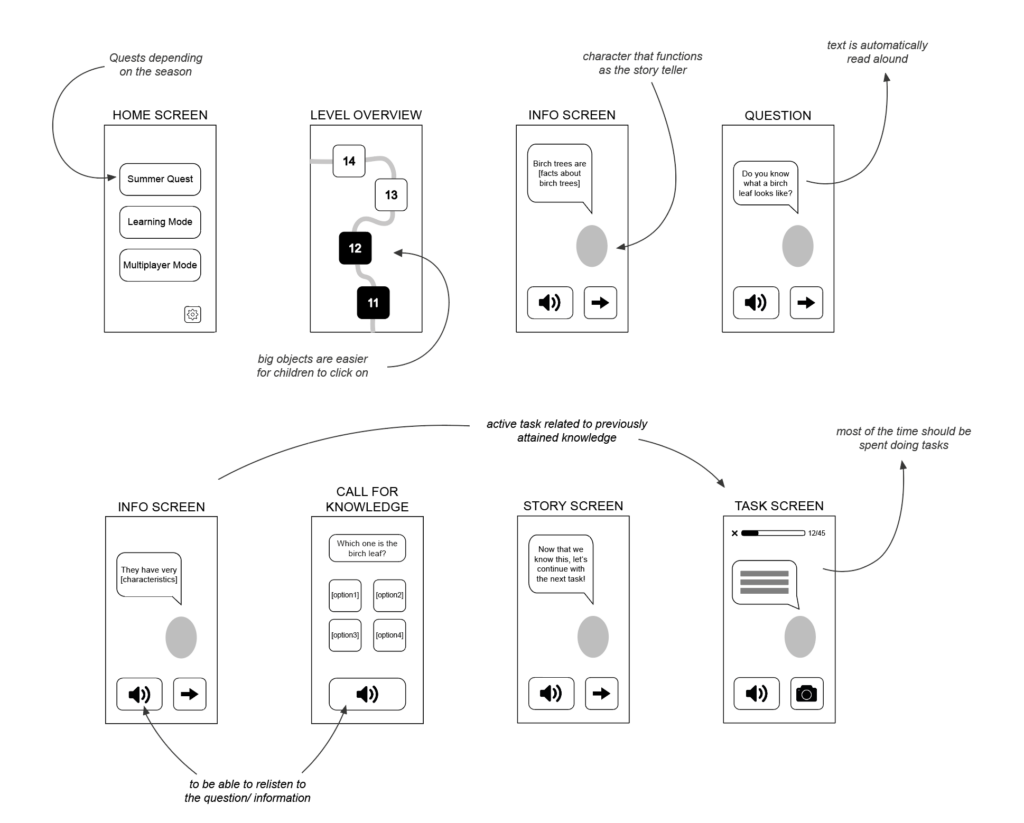Human fascination with whale songs goes back to the 1970s, when a biologist Roger Payne recorded an album of humpback whale songs. This inspired Greenpeace’s “Save the Whales” movement and led to an international ban on deep-see whaling. Many whales make sounds but when we talk about whale songs we’re usually talking about humpback whales. Humpback songs are long, complex patterns of sounds that whales sometimes repeat for days on end.
Whale hearing
Since all mammals underwater are especially sensitive to the sounds in order to be able to survive, whales developed their hearing. Looking at the anatomy of whales the size of whale’s head is up to one third of the total body length. The whale ear is very tiny. The bone structure of the middle and inner ears is modified to accommodate hearing underwater.
The Humpback song
Humpbacks don’t breathe like humans do. A humpback whale actually has to think about breathing. To go to sleep and still breathe, they’ll only shut off half their brain at a time. Originally it was thought the sound is produced through larynx, but research showed that larynx doesn’t move during vocalisations. There are some nasal structures which move when sound is produced. The research shows that only male humpback sing and usually the same song. They produce moans, grunts, blasts and shrieks. Since the sound waves can travel very far in water without losing energy, some of the low frequencies can travel approx up till 16 094 km in some levels of the ocean. The frequency range is 30Hz till around 8 kHz, which means that humans are only able to hear only a part of the whales’ songs.
FIN WHALE
These whales make some of the lowest-frequency sounds of any animal. Males produce songs made up of loud pulses lasting 1–2 seconds, in patterns that can last anywhere from several minutes to days
Sound levels
The frequency of baleen whale sounds ranges from 10 Hz to 31 kHz. A list of typical levels is shown in the table below.
| Source | Broadband source level (dB re 1 Pa at 1m) |
| Fin whale moans | 155–186 |
| Blue whale moans | 155–188 |
| Gray whale moans | 142–185 |
| Bowhead whale tonals, moans and song | 128–189 |
The “notes” are single uninterrupted emissions of sound that last up to a few seconds. These sounds vary in frequency from 20 Hz to upward of 24 kHz (the typical human range of hearing is 20 Hz to 20 kHz). It may be frequency modulated or amplitude modulated. However, the adjustment of bandwidth on a spectrogram representation of the song reveals the essentially pulsed nature of the FM sounds.
References:
1. Ocean Noise – from science to management – Journal of marine science and engineering
2. https://en.wikipedia.org/wiki/List_of_whale_vocalizations
3. https://oceanservice.noaa.gov/facts/whalesounds.html

